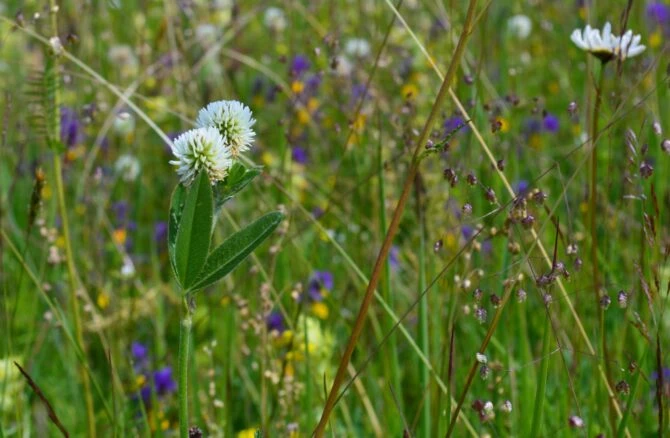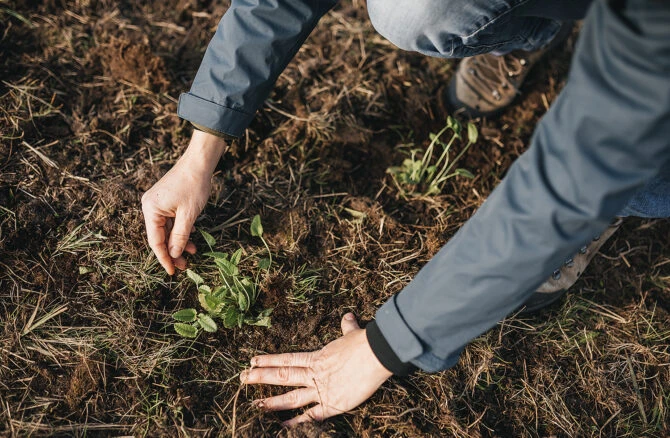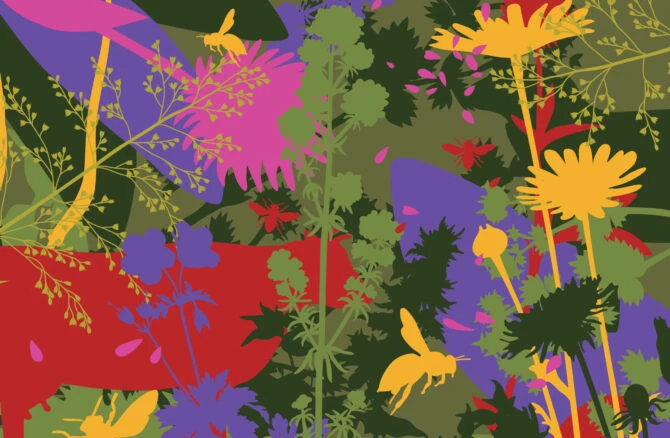At Nodibinājums Latvijas Dabas fonds, we value your privacy and strive to provide a transparent and secure online experience. Our website, like many others, uses cookies. This Cookie Policy explains how we use cookies on our website to enhance your browsing experience.
What is cookie?
A cookie is a small file that a website sends to a web browser. It holds data specific to a particular visitor and website. The browser stores this information in file on your device.
Cookies are used by many websites and can be used for a number of things, for example, to remember your preferences, to enable online shopping, and for website statistics.
Cookies allow visitors to navigate the website and (where applicable) allows us to customize the website and its content to the visitor's needs and to improve results of users' actions. If the cookie function is not enabled, we cannot ensure the proper functioning of the website and operation of it as intended.
How we use cookies
We do not use cookies with the purpose to collect personal information about users. Cookies we use on our website do not store data that can directly identify you. However, some of the information processed may however be considered personal data.
We use following types of cookies on our website:
Essential Cookies: These cookies are necessary for the website to function properly. They enable basic functions like page navigation and access to secure areas of the website.
Performance Cookies: We use these cookies to analyze how visitors interact with our website. This information helps us improve the performance of our site.
Functionality Cookies: These cookies allow the website to remember choices you make (such as language preferences) to provide a more personalized experience.
Advertising Cookies: We may use advertising cookies to deliver relevant advertisements based on your interests and browsing behavior.
Third-Party Cookies
We may also use third-party cookies from service providers such as Google Analytics to track website traffic and usage statistics. These cookies are subject to the respective privacy policies of the third-party providers.
We use cookies on our site as follows:
- To administer the website, allow people to log in and use our services.
- To learn how users come to our website and explore how they use the website – analyze trends, track users’ movements around the website.
- To gather demographic information about our user base as a whole. It helps us to improve our website and services we provide to you. For example, we use Google Analytics – a popular web-based performance analysis service provided by Google. Google Analytics uses cookies to help us analyze how visitors use our website. More about the use of cookies can be found at Google's Privacy policy.
- We use cookies and similar tracking technologies in order to protect our website and to prevent fraudulent or malicious activities (for example, hacking and other attacks on our website).
- We also use cookies in our advertising campaigns and incentives, and in order to determine their success. It helps us to improve the site's design and structure, and the range of offers and incentives.
List of cookies in use:
| Cookie |
Domain |
Description |
Duration |
Type |
| YSC |
.youtube.com |
This cookies is set by Youtube and is used to track the views of embedded videos. |
30 days |
Performance |
| fr |
.facebook.com |
The cookie is set by Facebook to show relevant advertisements to the users and measure and improve the advertisements. The cookie also tracks the behavior of the user across the web on sites that have Facebook pixel or Facebook social plugin. |
1 year |
Advertisement |
| VISITOR_INFO1_LIVE |
.youtube.com |
This cookie is set by Youtube. Used to track the information of the embedded YouTube videos on a website. |
|
Advertisement |
| _ga |
.ldf.lv |
This cookie is installed by Google Analytics. The cookie is used to calculate visitor, session, campaign data and keep track of site usage for the site's analytics report. The cookies store information anonymously and assign a randomly generated number to identify unique visitors. |
|
Analytics |
| _gid |
.ldf.lv |
This cookie is installed by Google Analytics. The cookie is used to store information of how visitors use a website and helps in creating analytics report of how the website is doing. The data collected including the number visitors, the source where they have come from, and the pages visited in an anonymous form. |
|
Analytics |
Consent to the use of cookies
Before you start using our website, to set cookies on your device we have to obtain your consent to the use of non-essential cookies. Therefore, our website has a pop-up window that informs you about the use of cookies and you are being asked to accept the use of cookies by clicking “OK”. You can also reject all non-essential cookies by clicking “Reject”, or choose what cookies to accept or reject in cookie settings.
Strictly necessary cookies do not require a user’s consent as these cookies provide complete and continues display of the content of the website so that you can access it and receive an appropriate digital browsing and online experience.
Controlling and deleting cookies in browser
If you want to restrict cookies or block them on our website or any other website, you can do it by changing your web browser settings. For example, you may be able to block all cookies, accept only first-party cookies, or delete all cookies upon exiting your browser. To learn more about this opportunity, use your browser's function “Help”. For information about how to delete cookies from your mobile device browser, please see the devices user guide. Please note that some services we provide will not work if you block or delete cookies.
What Changes Have We Recently Made?
We may change this Cookie Policy at any time, and will indicate the date the Cookie Policy was most recently updated. If there have been significant changes, we will highlight any such changes, and will attempt to directly alert you when possible.
This is the first version of our Cookie Policy. We published it on May 10, 2024.





